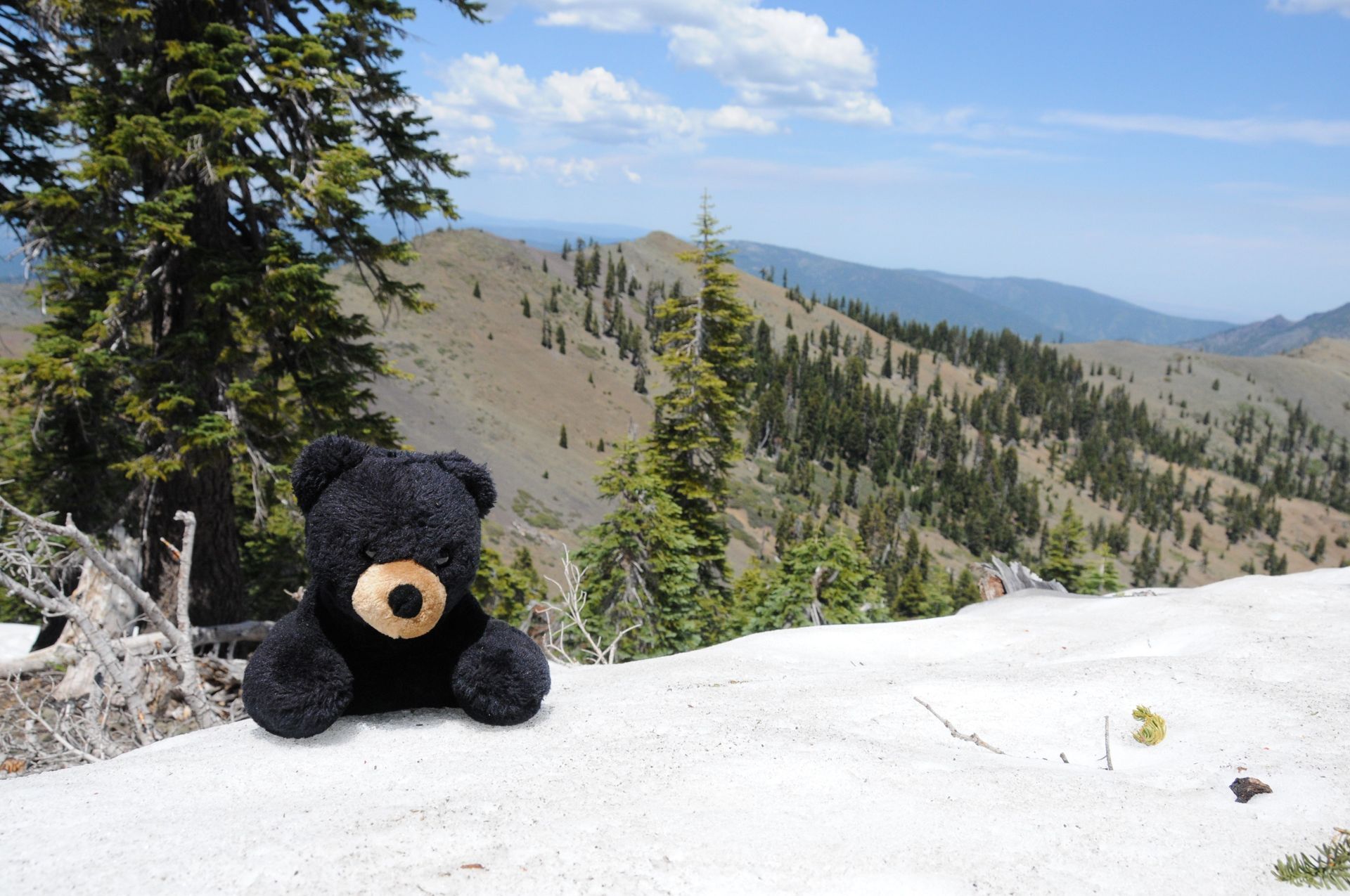Monumental Questions - What is Snow Mountain Wilderness

Have you been there? Maybe you’re planning a trip or maybe you can’t wait to go back. The Snow Mountain Wilderness Area includes over 60,000 acres that straddles Colusa, Glenn and Lake Counties in the Northern Coast Range. It is one of the 806 designated Wilderness Areas established under the Wilderness Act signed into law by President Lyndon B. Johnson in 1964. The Wilderness Act established the Wilderness Preservation System, “...for the permanent good of the whole people” and is considered one of America’s greatest conservation achievements. The law requires that federal land management agencies such as the National Park Service (NPS), the Bureau of Land Management (BLM), the United States Fish and Wildlife Service (USFWS) and the United States Forest Service (USFS) manage the designated wilderness areas to preserve their individual wilderness characteristics. For a natural area to be considered for a Wilderness Area designation, it must meet stringent criteria: that it be large enough for personal solitude, possess exceptional opportunities for rudimentary and unrestrained recreation, be primarily free from human interference, and have distinct qualities that differentiate it from all other lands. Many Wilderness Areas have these qualities as well as other intangible characteristics that help develop and inspire a relationship with nature and adventure.
Today, nearly 112 million acres in the United States are designated as Wilderness Areas. These areas range in size from the nine million acre Wrangell-St. Elias Wilderness in the Alaskan tundra that supports grizzly bears, caribou, wolves, Dall sheep and wolverines to the three acre Pelican Island Wilderness in Northern Florida which supports threatened and endangered species such as green sea turtle, Florida manatee and wood stork.
The Snow Mountain Wilderness was established in 1984 and totals 60,222 acres. It is within the Mendocino National Forest and is managed by the USFS. The heart of the Snow Mountain Wilderness is Snow Mountain itself. The wide-topped mountain has an East Peak with an elevation of 7,050 feet and drains water toward the Sacramento River to the east, and a West Peak with an elevation of 7,021 feet and drains into the Eel River basin to the west. The mountain also supports the largest waterfall in the Mendocino National Forest. Because of the contrasting elevations within the area, the unique geology of the region, and the montage of ecosystems, Snow Mountain is often considered a biological sky-island.
The entire 60,000+ acres of wilderness bears only about 40 miles of trails leaving the remainder of the area extremely remote and untraveled. Hiking the East Peak will give visitors a stunning view of the Sierra Nevada, Clear Lake, the Sacramento Valley and the surrounding Mendocino National Forest.
The geology of the Snow Mountain Wilderness (and the entire Berryessa Snow Mountain National Monument) is fascinating. The Snow Mountain region formed during the time of the dinosaurs (Mesozoic era) and is made up mostly of sandstone, shale and chert. As Snow Mountain was being reared, the layers of rocks got pushed, twisted and distorted resulting in the lower elevations surrounding the mountain still being sedimentary rocks while the upper portion of the mountain is primarily made up of greenstone. Serpentine is also present which may be a remnant of the ocean crust as the mountain was pushed upward. The slopes on the north side of the area were covered by glaciers resulting in small meadows which remain today.
The vegetation in the lower elevations of the area include grasslands with a stunning array of wildflowers following years with abundant rainfall, dense chaparral and blue oak woodland. Moving up in elevation, the vegetation community transitions into black oak and mixed conifer forest and higher in elevation you’ll find thick stands of true fir, Jeffrey pine and incense cedar interspersed with rocky outcrops.
Because it is so remote, camping is primitive, and there is no reliable source of water during most of the summer. Streams may not be safe for drinking so planning ahead is crucial and be sure to boil or filter all water collected before drinking it. Individual use permits are not required within the Mendocino National Forest however USFS recommends signing in at the trailhead. Because of the rugged terrain and remote location, be sure to check in at the ranger station for the current weather and forest conditions and restrictions prior to venturing out and tell others where you’re heading and when you expect to return. Maximum group size is 25 people or stock animals in the Snow Mountain Wilderness. To maintain wilderness characteristics, only travel by foot or horseback is allowed; no motorized or mechanical equipment is allowed within a wilderness area, wheelchairs are allowed. You are required to obtain a California Campfire permit if your plans include the use of any stove or building a campfire within a wilderness area. Permits are free of change and can be obtained at the USFS or BLM offices or from the California Department of Forestry and Fire Protection.
Thanks to the Wilderness Act and the National Wilderness Preservation System, the Snow Mountain Wilderness is part of the nearly 175 million square miles of federal public land that is protected for the solace and enjoyment of current and future generations of humans and wildlife equally.
“The purpose of the Wilderness Area is to preserve the wilderness character of the areas to be included in the Wilderness System, not to establish any particular use.”
-Howard Zahniser (1906-1964) Executive Director of the Wilderness Society and primary author of the Wilderness Act
RECENT ARTICLES






